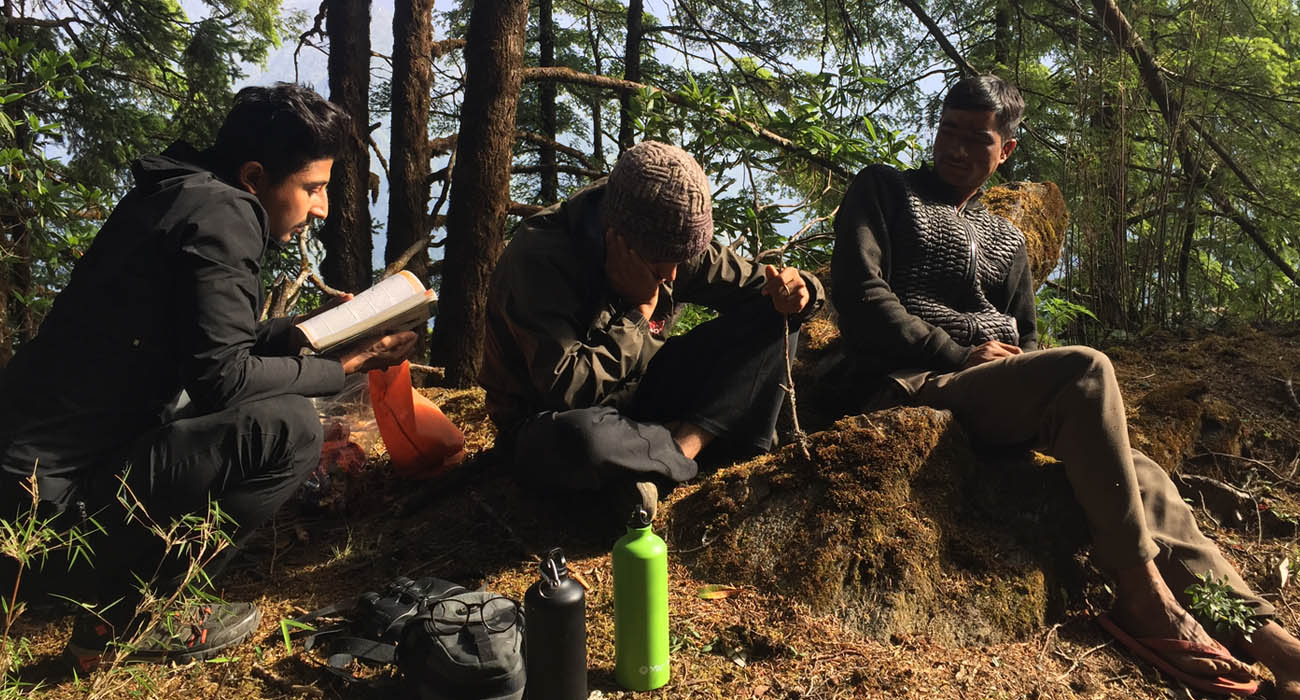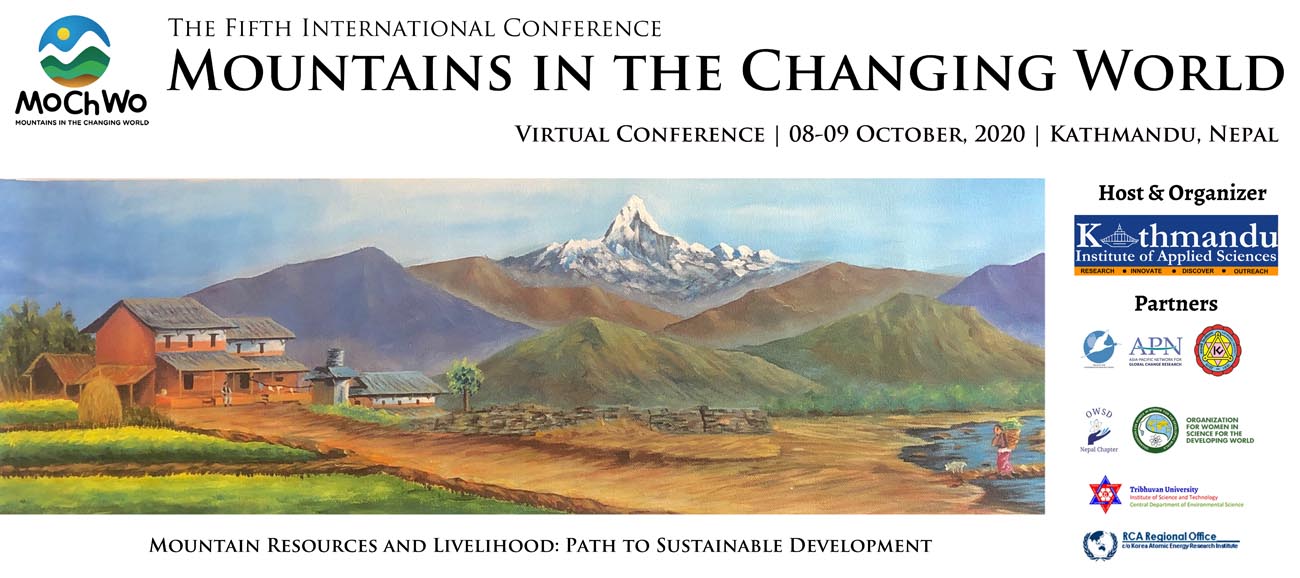News & Activities
Majority of the University Grants Commission-Nepal funded studies unpublished, remaining published in the journals below par

By Simrik Singh Bhandari
The latest research has revealed that in the last 10 years (2008-2018), University Grants Commission -Nepal awarded 1,853 research grants, out of which only 325 research papers were published from UGC-N grant-supported projects. Most of the publications were found in substandard journals, some of which were in predatory journals.
Researchers led by Dr. Prakash Kumar Paudel, Senior Scientist at KIAS, reviewed papers published through UGC-N funded research projects over 10 years (2008-2018) to assess the trends of article publication in terms of frequency and quality (based on Journal Impact Factor and SCImago Journal Ranking), the effectiveness of different funding categories, and practices of publishing in the predatory journals. The study is published in the journal Accountability in Research.
UGC Nepal, the only federal research agency in Nepal, has been funding and supporting Nepali universities since its establishment in 1993. It provides grants to various categories of research and capacity-building funding to faculty members, students, and universities, and other higher education institutions.
The amount of research grants varies within and between research categories with a total budget of UGC-Nepal USD 132,743 in 2008 and USD 845,133 in 2017. However, it should be acknowledged that the amount of money UGC-N spends on research support is minimal.
We suspect many of local journals in Nepal fail to uphold professional publishing standards because of limited knowledge, resources, or infrastructure. Nepal should concentrate on developing high quality national journals.
The research agency has made it mandatory for its grantees to publish their research results in peer-review journals and provides guidelines for the selection of journals. However, the study indicates that only 17% of projects had publications and it published most articles in journals that had neither SJR rank nor Impact Factor over the 10 years. Papers published in these non-ranked journals were mostly from Nepal and India. Nearly 10% of articles published in the non-ranked journals appeared in predatory journals.
The research is first of its kind to analyze journal articles published from UGC-N funded grants in the last 10 years to evaluate their effectiveness in terms of quantity and quality of publications.
The study also found varied publication output among grant categories. The Ph.D. research grants had the highest number of publications whereas master research grants had their works published in better quality journals.
Ministry of Education, Science and Technology, universities and UGC-N should coordinate a taskforce to promote research and academic integrity at various levels.
Although there was an increasing trend of a number of grants awarded and publication trend of UGC-N funded journal articles in the last 10 years, there has been no significant improvement in journal quality.
The researchers acknowledge the need of developing high quality national journals and the requirement of more funding to conduct good research. Since researchers working outside of universities do not have access to government funded grants in Nepal, the creation of a national research funding mechanism administered by an independent organization is also suggested.


